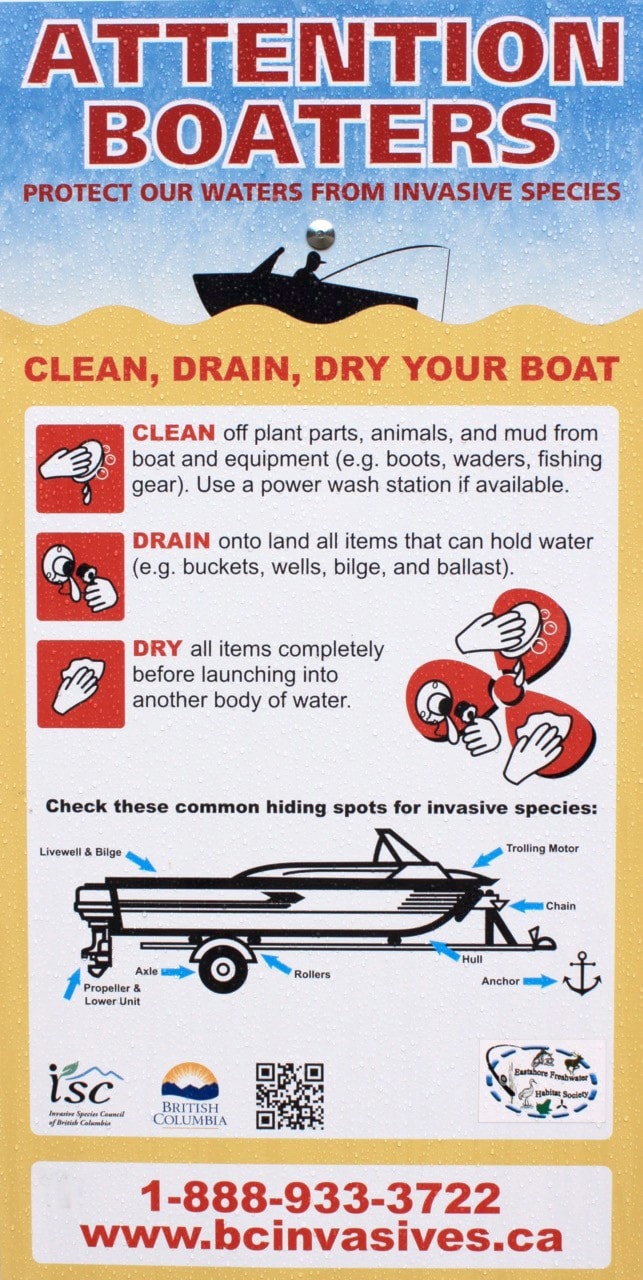The zebra mussel, although small, is a major concern for Kootenay Lake. This mussel and the quagga mussel are both freshwater bivalves native to the Black Sea region of Eurasia. They were introduced into the Great Lakes from transoceanic ships that discharged their ballasts in the 1980s.
Both zebra and quagga mussels have light and dark alternating stripes, and hence, the name zebra mussel. The female mussel of each family can produce an average of one million eggs each year.
These mussels have spread from the Great Lakes and are now in Lake Winnipeg, Manitoba and have infested 24 American states.
Some of the implications that will occur if this mussel infests Kootenay Lake are:
•they become so thick that they clog distribution systems for drinking water;
•they impact fish and wildlife by increasing toxic algae blooms;
•they ruin beaches;
•real estate values, especially lakefront, fall; and
•tourism to the area diminishes.
To prevent their spread, all watercraft must clean off all plants, mud and crustaceans. Drain craft on dry land away from the lake — this includes ballasts, wells and any implement that holds water. Dry all items completely, and let them dry at least five days in the sun if possible.
At present, the South Arm of Kootenay Lake is being monitored by the Eastshore Freshwater Habitat Society in conjunction with the Central Kootenay Invasive Species Society. To join this group and be a part of protecting the lake, email mike.ivy@hotmail.com or phone Mike or Ivy Jeffery at 250-227-6807.
For further information, visit www.dontmoveamussel.ca or www.invadingspecies.com.
—CENTRAL KOOTENAY INVASIVE SPECIES SOCIETY
